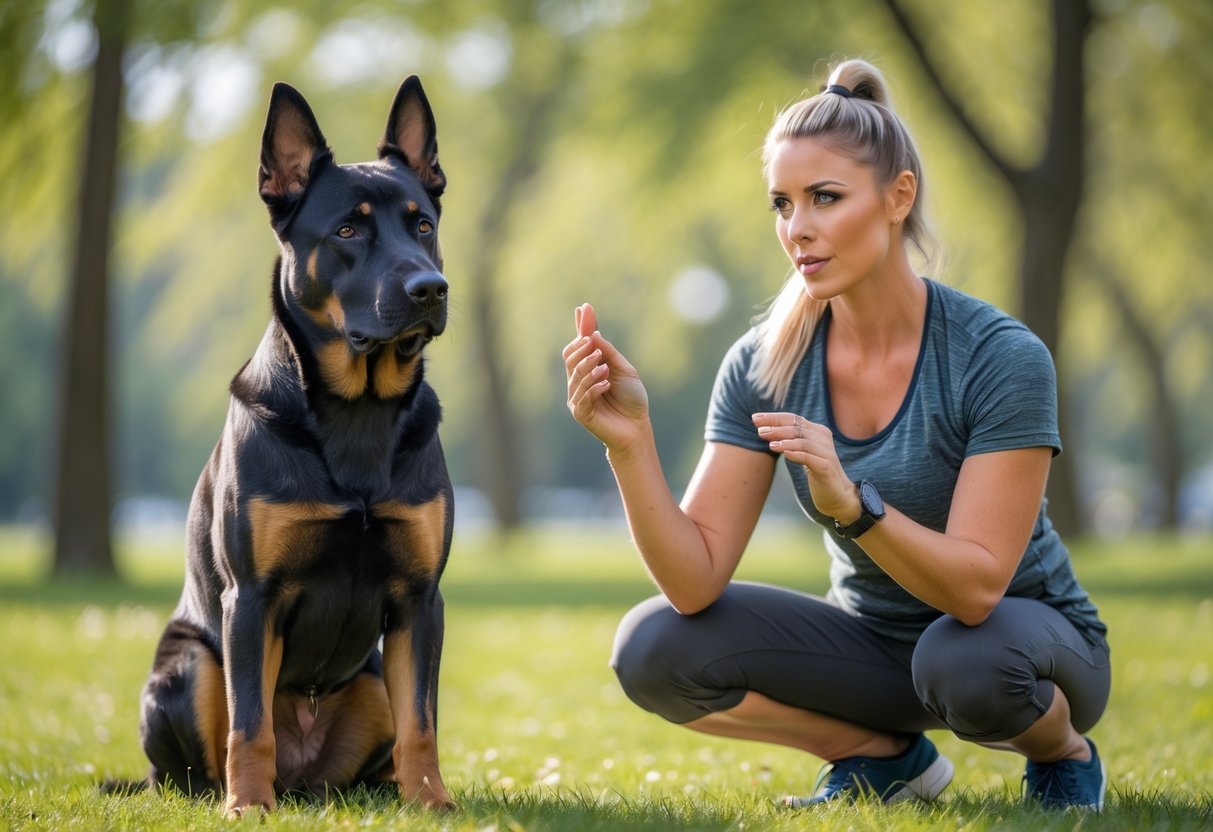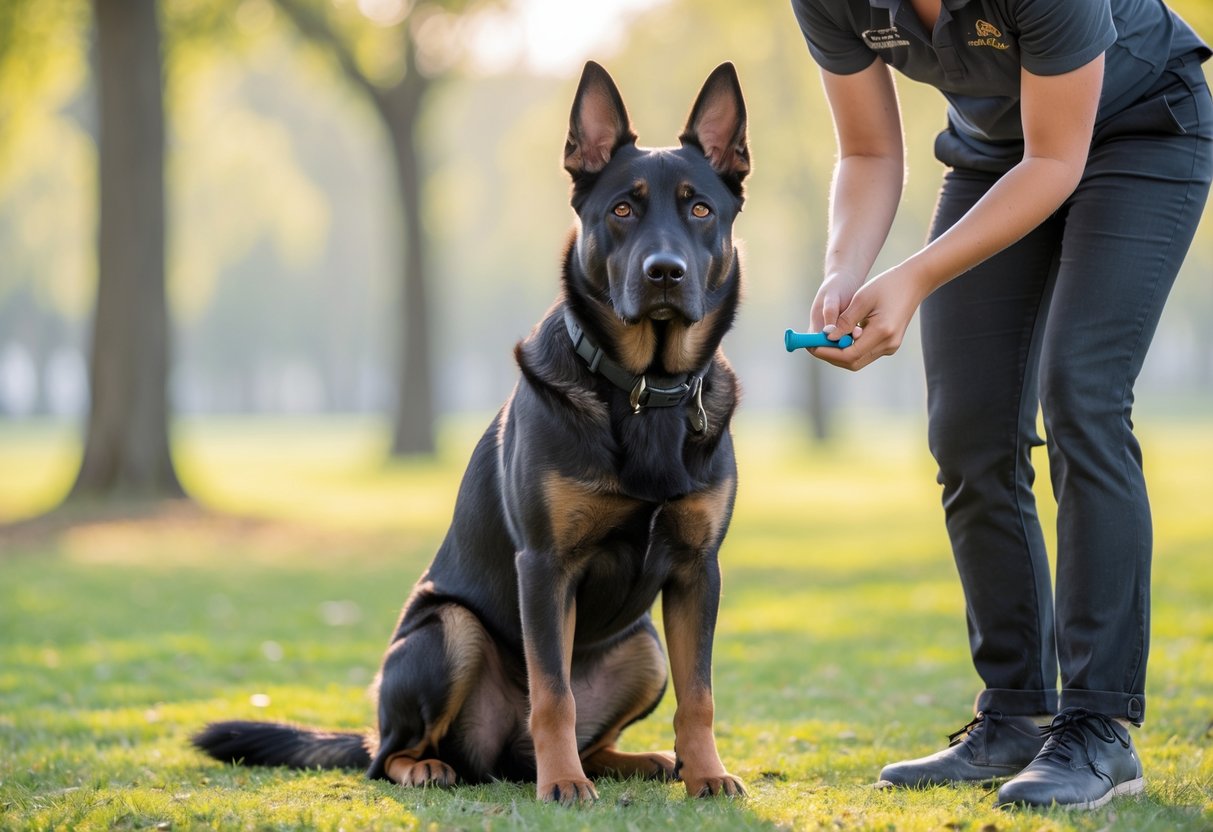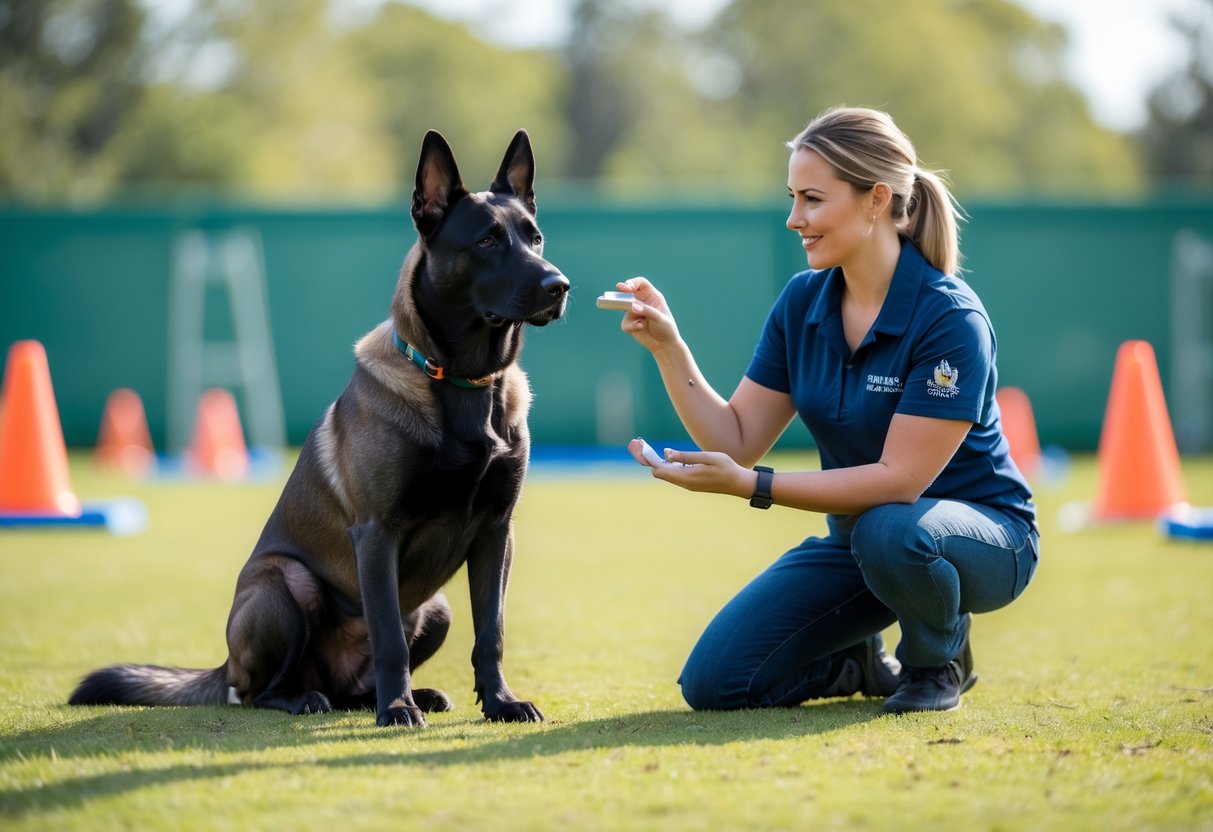How To Train A Belgian Malinois: Effective Techniques for Obedience and Agility

Training a Belgian Malinois requires starting early and being consistent. The best way to train this breed is to begin socializing and teaching basic commands as soon as the puppy arrives home, usually around eight weeks old. This helps set clear rules and builds a strong bond between the dog and owner.
Belgian Malinois are smart and active dogs that need structure and mental stimulation. They respond well to clear commands and routine, so consistent training sessions focused on simple commands like “sit,” “stay,” and “come” are essential to develop good behavior.
Because this breed thrives on activity and challenges, training should include both physical exercise and mental tasks. Early socialization to different people and environments helps them become well-rounded and confident dogs.
Essential Steps for Training a Belgian Malinois

Training a Belgian Malinois requires clear structure, consistent commands, and early social exposure. The dog’s natural energy and intelligence call for a balanced approach that focuses equally on obedience, mental stimulation, and social habits.
Understanding Belgian Malinois Temperament
Belgian Malinois are highly intelligent and energetic dogs. They have a strong work drive and a natural instinct to protect. This breed is loyal but can be wary of strangers if not socialized properly.
Their high energy means they need daily physical and mental exercise. Without enough activity, they can become bored and develop unwanted behaviors like chewing or barking. Understanding these traits helps tailor training methods to keep the dog engaged and manageable.
The Malinois is also sensitive to tone and commands. They respond best to firm, consistent leadership without harsh punishment. Positive reinforcement works well for this breed.
Setting Up a Training Schedule
Training should begin as soon as the Malinois puppy joins the home, ideally between 8 and 14 weeks old. Starting early helps develop good habits before unwanted ones appear.
A clear, consistent daily routine is important. Short training sessions of 10–15 minutes multiple times a day work best due to their focus span. These sessions should cover obedience commands, socialization, and play.
Including a mix of physical activity, mental challenges, and rest helps maintain balance. Use tools like a clicker and treats to reward good behavior immediately.
Consistency among family members in commands and rules prevents confusion for the dog.
Basic Obedience Commands
Basic commands are essential for safety and control. The key commands to focus on first include:
- Sit
- Stay
- Come
- Down
- Heel
Training these commands builds a foundation for more advanced skills later. Teaching “leave it” can prevent the dog from picking up harmful objects.
Each command should be taught step-by-step with repetition and patience. Use treats and praise to reinforce success.
Practice commands in different places to ensure the dog obeys even with distractions.
Socialization Techniques
Early socialization is critical to prevent fear or aggression. Introducing the Malinois to various people, animals, and environments from a young age builds confidence.
Exposure should be gradual and positive, including visits to parks, pet-friendly shops, and safe social groups. This helps the dog learn appropriate behavior around strangers and other dogs.
Socialization also improves adaptability to new experiences like car rides or grooming.
Owners should watch closely for signs of stress and offer calm reassurance. The goal is to create a well-rounded dog comfortable in many settings.
Regular social activities remain important as the dog grows to maintain good social skills.
Maintaining Progress and Preventing Behavioral Issues

Training a Belgian Malinois requires ongoing effort to keep their skills sharp and behavior balanced. Regular exercise, clear communication, and early intervention are key to avoiding common problems like anxiety or excessive barking.
Advanced Training Methods
As a Belgian Malinois masters basic commands, advanced training can challenge their intelligence and focus. Techniques like agility drills, scent work, or obedience under distractions help refine control. These activities also teach impulse control and build confidence.
Using varied commands and introducing new skills regularly prevents boredom. Training sessions should remain short but frequent, about 10-15 minutes each, several times a day. This keeps the dog engaged without overwhelming them.
Positive reinforcement remains essential. Rewarding good behavior with treats, praise, or play encourages the dog to repeat desired actions and stay motivated.
Mental and Physical Stimulation
Belgian Malinois need daily mental and physical activities to avoid restlessness and destructive behavior. Puzzle toys and interactive games challenge their mind. Walks, runs, and playtime expend energy and reduce stress.
A schedule that combines both types of stimulation helps balance their high energy levels. Without enough activity, they may develop issues like excessive barking, digging, or chewing.
Playing fetch, obedience drills, and allowing the dog to explore new environments support mental sharpness and physical health at the same time.
Consistency in Reinforcement
Consistent rules and responses from all family members are crucial. Mixed signals can confuse the dog and slow training progress. Everyone should use the same commands and reward good behavior similarly.
Clear boundaries and routines support a stable environment. For example:
| Behavior | Expected Response |
|---|---|
| Excessive barking | Redirect and reward quiet behavior |
| Jumping on people | Ignore and reward sitting calmly |
| Recall | Immediate reward upon return |
Reinforcing behavior quickly and predictably helps the dog understand what is acceptable. Patience and persistence with consistency are key to long-term success.

Frequently Asked Questions
Training a Belgian Malinois requires focus on basic commands, socialization, and targeted skills like protection or tracking. Managing behaviors such as biting is also important. Finding the right training programs can support a dog’s development.
